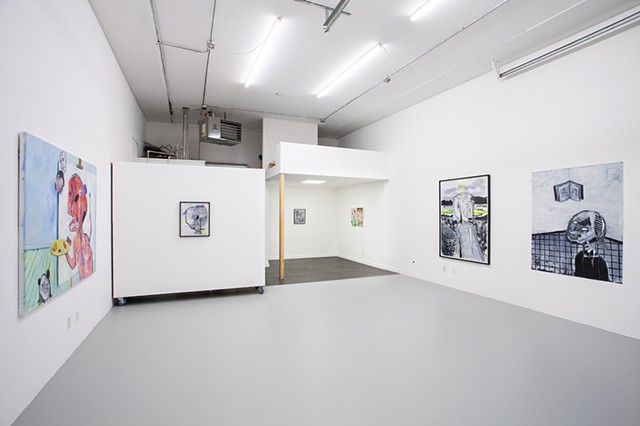photo by Wytske van Keulen
William Lewis has family roots in the mid-western and southern United States. He studied at Parsons School of Design (both the New York City and Paris branches), Hunter College, where he earned a BFA, and New York University from which he graduated with his MA in 1992. After several years of working and exhibiting in New York, he moved to Boise in 1997 where he lives with his partner, the artist Kirsten Furlong. Following a stint as an adjunct professor in the Art Department at Boise State University, he began teaching art full-time in the public school system. Lewis’ work has been exhibited in New York and in multiple venues in the northwest. Exhibition reviews of his art have appeared in The Boise Weekly, Idaho Arts Quarterly, and in the internationally distributed magazine, Art in America. He was a recipient of the 2011 Fellowship award from the Idaho Commission on the Arts. His work is in the collections of the Boise Art Museum, the City of Boise, the Boise Public Library as well as other public and private collections.
